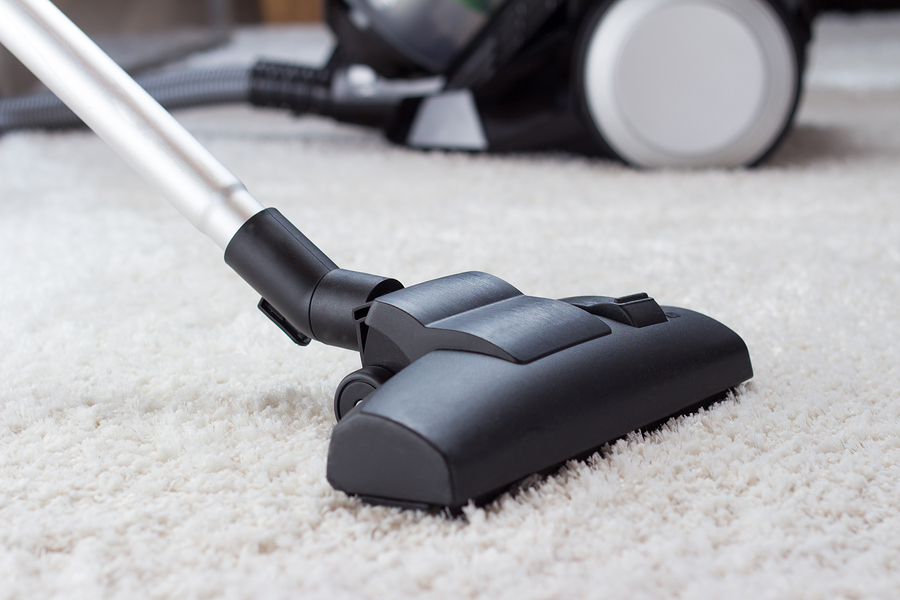What do bed bugs look like?

Bed bugs are six-legged, wingless insects that are typically small and flat. Like mosquitoes, bed bugs feed on the blood from animals and people. Their natural color can range from pale white to dark brown, but they turn a rusty red color after feeding.
Where do bed bugs live?
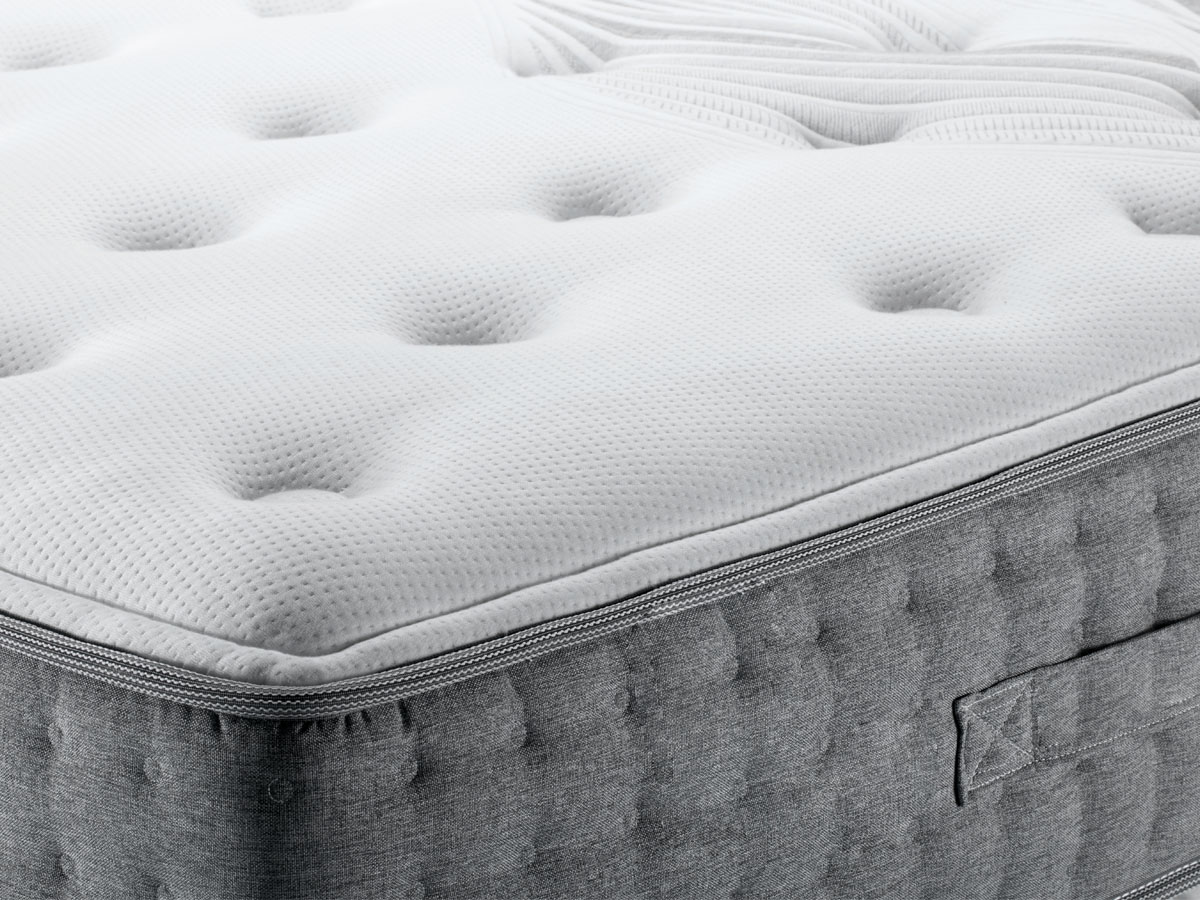
What size are bed bugs?
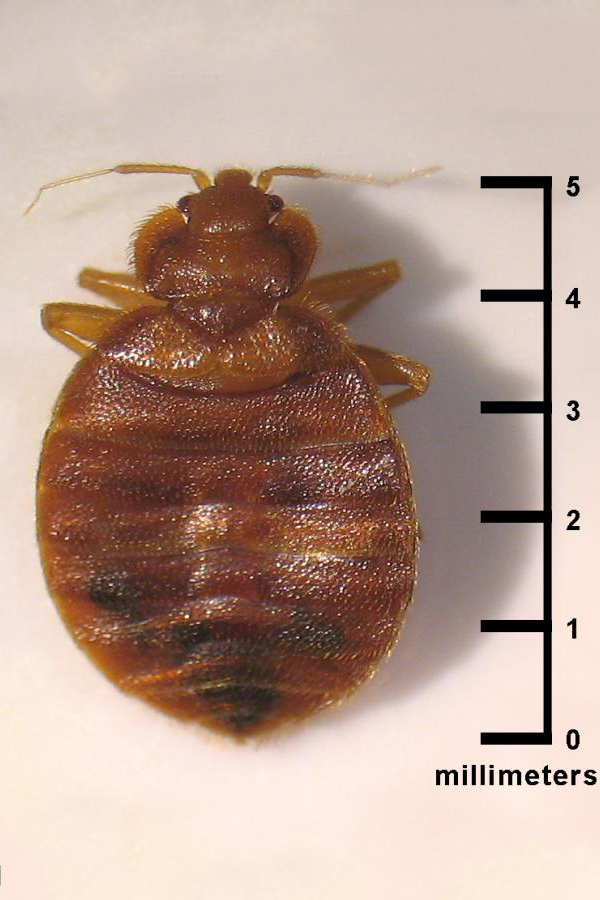
The common bed bug won’t grow much longer than 0.2 inches (5 mm), so they can be difficult to spot if you don't know what to look for. Their small size and pale coloring makes it easy for them to hide in bedding and mattresses.
What do bed bug bites look like?
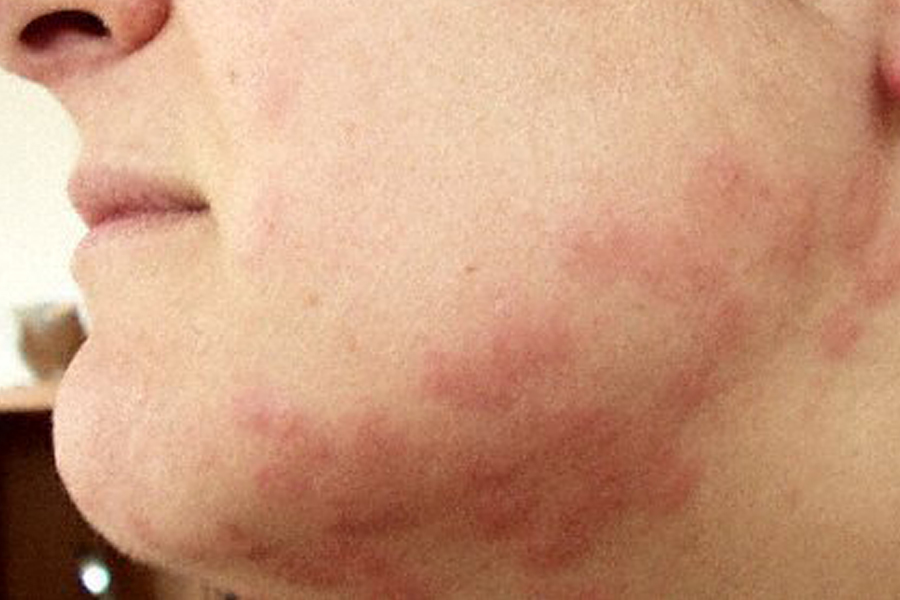
Since bed bugs are nocturnal, they hide throughout the day and wait until we are sound asleep before seeking their dinner. Their peak biting activity is usually just before dawn. Bed bugs can obtain their meal in as little as three minutes, leaving trails of itchy, red bites in straight lines on the skin, usually around the arms or shoulders. We don’t feel their bites because they inject a numbing agent into the body, along with an anticoagulant to keep your blood flowing as they suck.
What are the symptoms of bed bug bites?
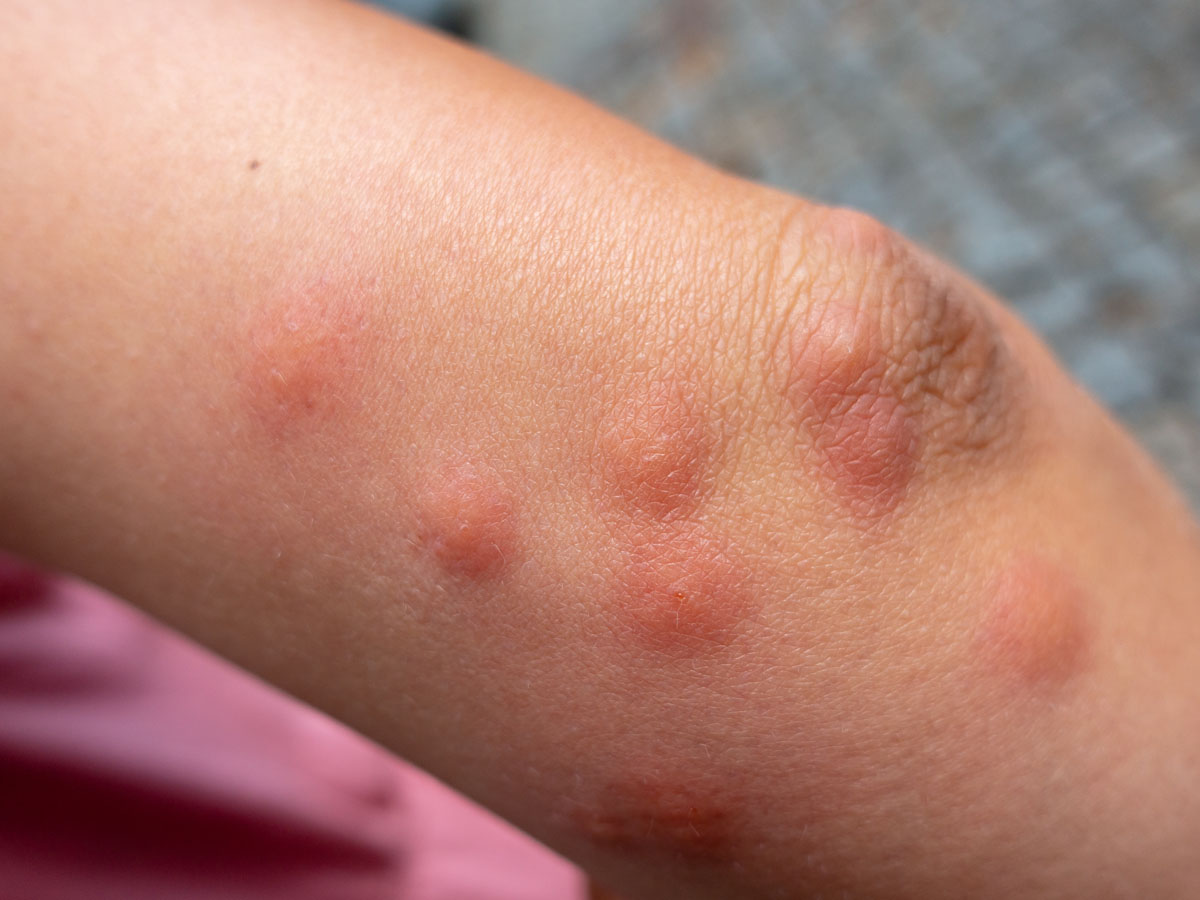
What are the signs of an infestation?
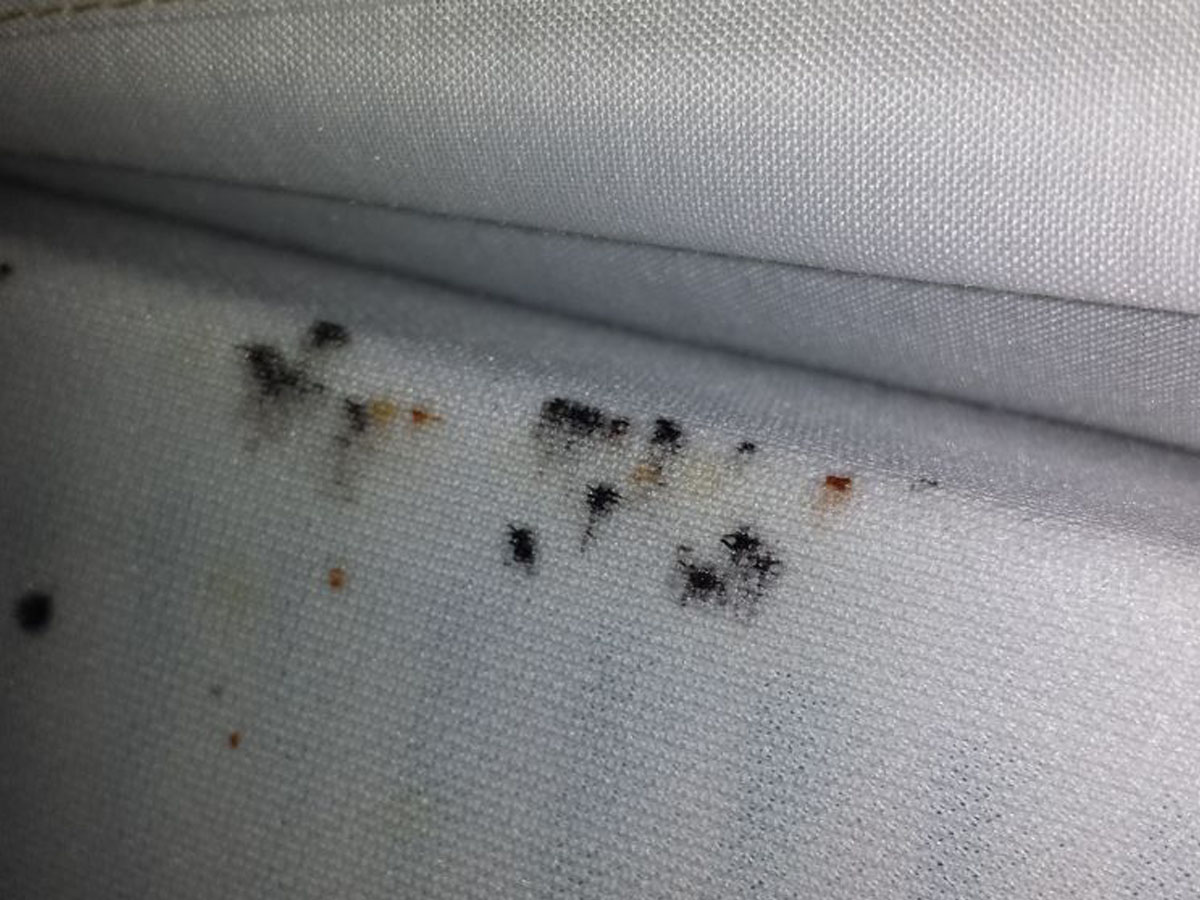
What causes a bed bug infestation?

How are bed bug bites treated?
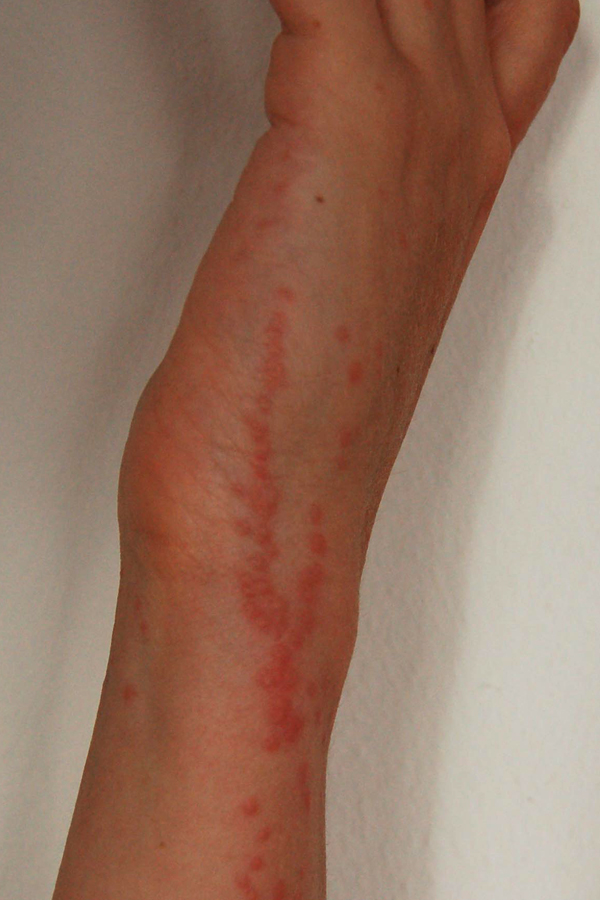
Usually, bed bug bites do not require treatment. Sometimes scratching can cause a secondary infection, in which case applying a local antiseptic lotion or antibiotic ointment can be effective. If you experience any kind of allergic reaction, creams with corticosteroids or oral antihistamines might be necessary.
How can you get rid of bed bugs?
How can you prevent a bed bug infestation?
 Author
Ron Winkler
Last Updated: November 04, 2024
Author
Ron Winkler
Last Updated: November 04, 2024

